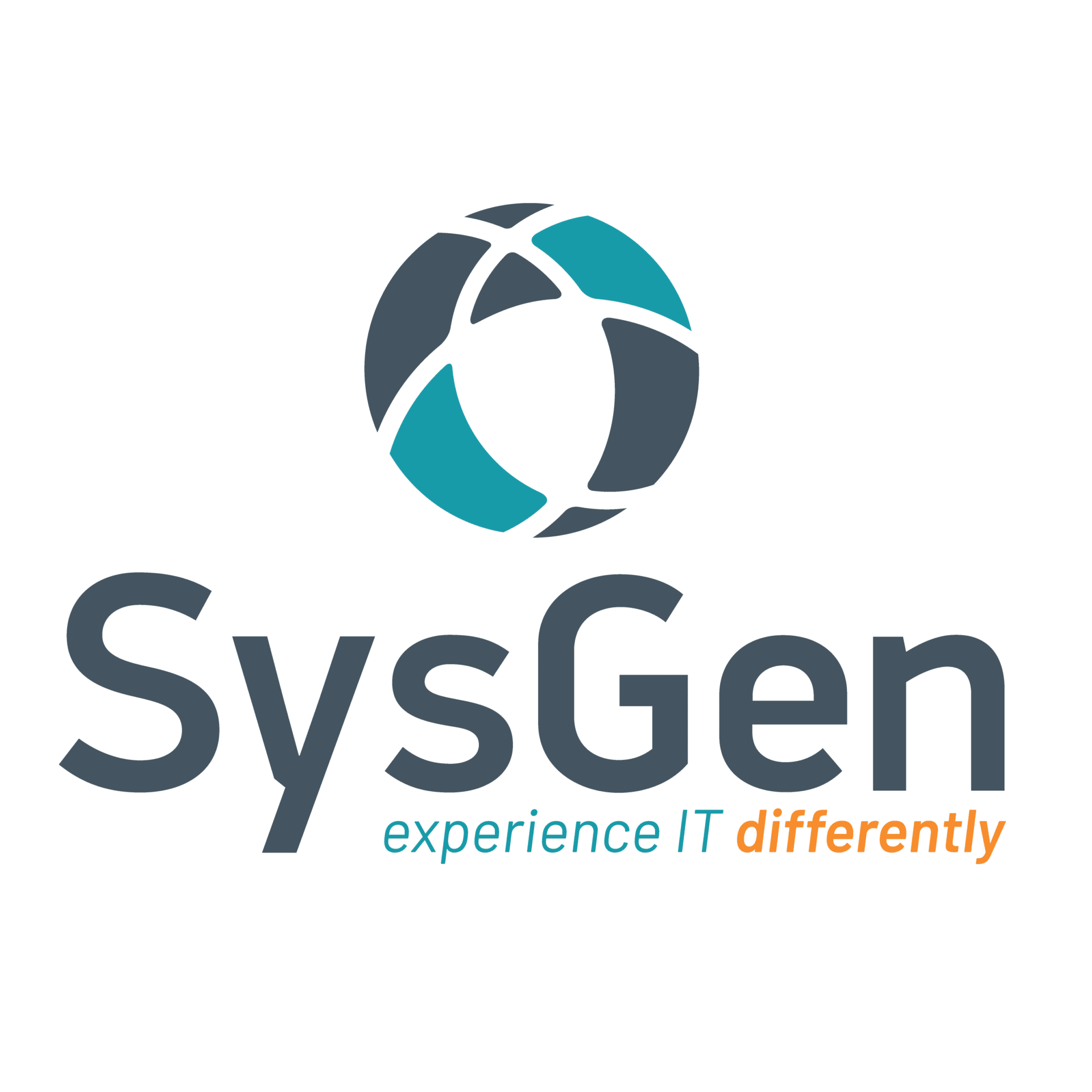The spread of COVID-19 has evolved quickly and unexpectantly closing borders, offices, and schools around the world. With that, many organizations have moved to remote work to maintain business operations while working from home and move corporate objectives forward.
There are several considerations to understand when implementing a successful work from home strategy. From technology to communications and burn-out, check out there 6 tips to maintain business operations while working from home.
Hardware
First things first, employees require the appropriate hardware to maintain business operations while working from home. To start, a suitable computer is necessary. Whether this is a laptop that the employee brings to and from work or a designated desktop station, employees need the right hardware to do their job effectively. Ensure that the computer device is specked appropriately for the workload of the individual. For example, a large amount of RAM for those who need to use programs like Adobe Creative Suite or simulation software. Some employees may operate everything from the cloud, so the processing capacity required is minimal.
For optimal at home working conditions, utilizing a keyboard, mouse and docking station is ideal. Installing multiple screens may be something that should be considered for optimum productivity.
Does your business use landlines or a VOIP system? If so, do they have the appropriate hardware, like headsets, for calls to be accommodated at home? Another option is forwarding all calls to a cell phone from the work landline to ensure a seamless at-home transition.
Software
Are employee home environments equipped with the software and files they need to do their jobs? For example, Microsoft Office suite, CRM systems, and other productivity tools. To maintain consistency across employee environments if a laptop isn’t available, a Remote Desktop Server (RDS) is an option that enables users to access their work environment at home. There are several ways that an RDS environment can be set up, depending on the needs of the organization.
Additionally, if employees are fully immersed in an M365 environment, they can have access to all office products, collaboration tools through Teams and files in SharePoint.
Security
Almost every home network starts with a wireless network. This enables all devices to connect to the internet. A router ensures wireless devices can connect to the internet, wirelessly. Securing the wireless network is a key part of protecting your home and data. Ensure that the default administrator password is changed from the one the manufacturer has provided and that a strong password is implemented instead. And, only allow people that you trust to join the network.
Make sure that each of your computers, mobile devices programs, and apps are running the latest version of its software. Without security patching from the most recent versions of the software, a vulnerability exists for hackers to exploit any security weaknesses.
Finally, ensure that family and friends understand that they cannot use your work devices. They can accidentally erase or modify information, or, perhaps even worse, accidentally infect the device.
Review this checklist to ensure your home office environment is secure:
- Wireless networks should have WPA2 passwords to connect
- Home routers should be updated to the latest firmware
- VPN’s on computers and mobile devices to access work resources
- Complex passwords on home computers/use biometrics such as fingerprint readers/facial recognition when possible
- Windows 10 only – if using Microsoft Windows 7, obtain a free upgrade to 10 via the upgrade assistant
- Multi-Factor Authentication (MFA) on all online accounts
- Lock computers when not in use
- Anti-Malware Endpoints such as Checkpoint Sandblast on all computers and mobile devices used for work activities
Collaboration Tools
Collaboration tools facilitate teamwork and have transformed the workplace through improved productivity. There are several options available including Microsoft Teams, WebEx Teams, and Slack. Most combines file sharing with video and telephone conferencing, so that face to face teamwork can happen in real-time. Currently, Microsoft Teams and WebEx Teams are offering free terms for use of their software in response to COVID-19.
The right technology tools don’t just facilitate good communication and collaboration, they also help remote workers connect on a personal level with colleagues, helping them feel they are a part of the office culture, just as they would be if they were physically on-site. That’s a major obstacle to a successful remote work strategy that’s often overlooked.
Communication
Setting clear goals and expectations from the start is important to a successful remote work agreement. Now, more than ever, clearly and consistently communicating with employees is crucial to ensuring progress is being achieved. Ensure that employees don’t feel like they’re floating in a world of their own without a check on progress. Managers should make sure that they’re finding ways to connect remote employees to the overall mission and goals of the company; you’ll discover that you have more productive and engaged employees. Be conscious about setting up breaks and taking time away from communication tools – it may feel necessary to be constantly connected, but it’s important to take a break too.
Mental Health
An issue that many remote workers face is the fact that no one can see them working. Employees may feel pressured to make it clear that they are getting a lot done leading to overwork. To avoid this overcompensation and potential burnout, stay connected to the team. Establish a daily habit of updating your team members through communication platforms like Teams about what you’re working on. Organizational Psychologist Adam Grant says, “The strongest buffer against burnout seems to be a sense of daily progress. We feel rejuvenated when we move forward on our goals and help others achieve theirs.”
With the COVID-19 situation creating significant uncertainty in the lives of many companies and employees around the world, it can become easy to ruminate on the worst-case scenario and build up significant worry about the future. Focus on what you can control: accomplishing goals, fostering relationships and producing high-quality work. Ensure you’re getting exercise where possible, eating healthy, and getting enough sleep. Meditation apps such as Headspace are a great way to achieve a mentally clear and emotionally calm and stable state.
Summing It All Up
With COVID-19, organizations must maintain business operations while working from home. Ensuring a successful and productive work from home experience requires the implementation of numerous considerations. Ensure that employees continue to understand how their work contributes to the goals of the organization as a whole and that they continue to connect to their teams in a meaningful way. Equipping teams with the appropriate technology required for productive works also guarantees a productive experience at home.
To talk more about remote work for your organization, or about implementing collaboration tools for a successful work from home experience, connect with our team today.
Find SysGen’s IT support and managed IT services in Calgary, Edmonton, Red Deer, Vernon, and Kelowna. Learn more about SysGen’s cloud offering, cybersecurity services and digital advisory team. Click here.
Contact Us To Find Out More


